Copyright of The WEEK Ltd – July 2018 (Licenced exclusively to Airconco UK Ltd)
When was Air Conditioning invented?
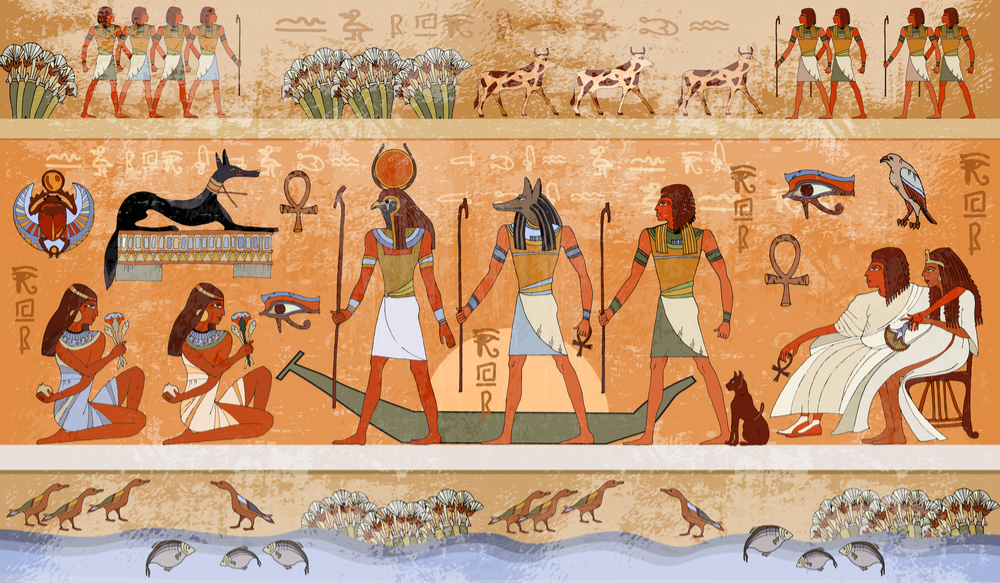 Ways of cooling buildings have existed for millennia. The ancient Egyptians hung damp reeds over their windows and placed water-filled pots in hallways. The Romans collected snow in donkey carts and stored it in pits for the summer. In the Middle East, wind towers and underground water channels were used to channel cool breezes through homes. In the mid-19th century, New York theatres used big fans to blow ice transported from New England through ducts towards their audiences. But the birth of modern air conditioning is usually dated to 1902 when it came about almost accidentally as the solution to a different problem.
Ways of cooling buildings have existed for millennia. The ancient Egyptians hung damp reeds over their windows and placed water-filled pots in hallways. The Romans collected snow in donkey carts and stored it in pits for the summer. In the Middle East, wind towers and underground water channels were used to channel cool breezes through homes. In the mid-19th century, New York theatres used big fans to blow ice transported from New England through ducts towards their audiences. But the birth of modern air conditioning is usually dated to 1902 when it came about almost accidentally as the solution to a different problem.
And what was that problem?
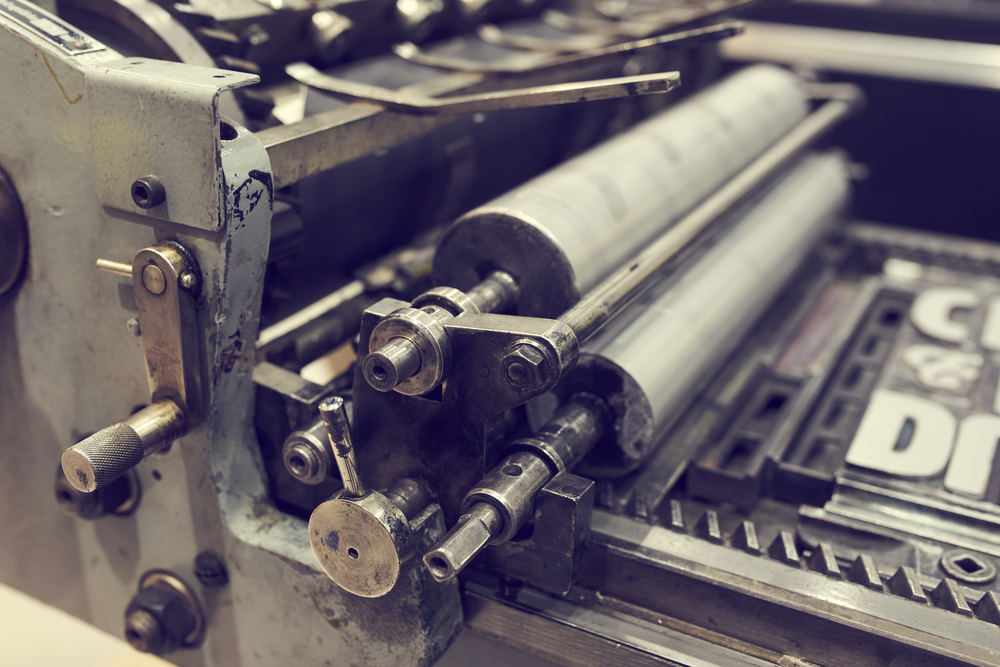 The Sackett & Wilhelms printing company in Brooklyn wanted a system to control humidity at its colour printing press; the paper would expand and contract as humidity varied, ruining the product. A young engineer named Willis Carrier discovered that if you circulated air over coils chilled by compressing ammonia, it would reduce humidity by condensing water vapour; it also, incidentally, made the air much cooler. Carrier later sold his technology to other manufacturers that needed their air to be drier (flour mills and razor manufacturers) or cooler (dairy and meatpacking). But he soon realised that “comfort” applications were even more promising. An early commission was to cool Philadelphia’s Masonic Temple. And from the 1920s on, he sold his “Weathermaker” to cinemas, department stores, restaurants and offices across America.
The Sackett & Wilhelms printing company in Brooklyn wanted a system to control humidity at its colour printing press; the paper would expand and contract as humidity varied, ruining the product. A young engineer named Willis Carrier discovered that if you circulated air over coils chilled by compressing ammonia, it would reduce humidity by condensing water vapour; it also, incidentally, made the air much cooler. Carrier later sold his technology to other manufacturers that needed their air to be drier (flour mills and razor manufacturers) or cooler (dairy and meatpacking). But he soon realised that “comfort” applications were even more promising. An early commission was to cool Philadelphia’s Masonic Temple. And from the 1920s on, he sold his “Weathermaker” to cinemas, department stores, restaurants and offices across America.
How did Air Conditioning affect American life?
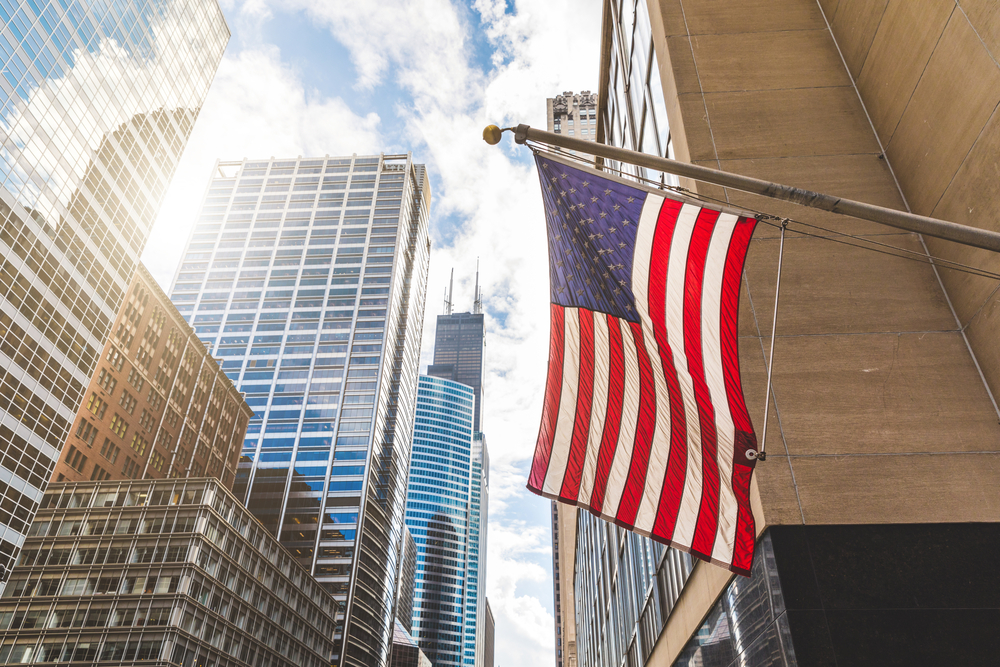 In the past, cinemas closed throughout the hot summer weather. But from the 1920s on, the cool air became part of the attraction: the tradition of the Hollywood summer blockbuster dates back to this era; so, too, does the rise of the shopping mall. Air conditioning changed architecture profoundly. Very high buildings – previously difficult to ventilate because wind increases with altitude – were suddenly a viable option, as were glass-fronted skyscrapers. And in the postwar period, smaller domestic air con units became available: between 1962 and 1992, the proportion of US houses with air con rose from 12% to 64%. This not only transformed houses, which no longer needed to have thick walls, high ceilings and sun porches, but also changed the country’s demographics. The Sun Belt – from Southern California to Florida – boomed from the 1960s; people and industry moved there as its hot summers became more bearable; its share of the population rose from 28% in 1950 to 40% in 2000. Some political scientists argue that Ronald Reagan would never have been elected if the large-scale migration of Republican pensioners to the Sun Belt had not occurred.
In the past, cinemas closed throughout the hot summer weather. But from the 1920s on, the cool air became part of the attraction: the tradition of the Hollywood summer blockbuster dates back to this era; so, too, does the rise of the shopping mall. Air conditioning changed architecture profoundly. Very high buildings – previously difficult to ventilate because wind increases with altitude – were suddenly a viable option, as were glass-fronted skyscrapers. And in the postwar period, smaller domestic air con units became available: between 1962 and 1992, the proportion of US houses with air con rose from 12% to 64%. This not only transformed houses, which no longer needed to have thick walls, high ceilings and sun porches, but also changed the country’s demographics. The Sun Belt – from Southern California to Florida – boomed from the 1960s; people and industry moved there as its hot summers became more bearable; its share of the population rose from 28% in 1950 to 40% in 2000. Some political scientists argue that Ronald Reagan would never have been elected if the large-scale migration of Republican pensioners to the Sun Belt had not occurred.
And the rest of the world?
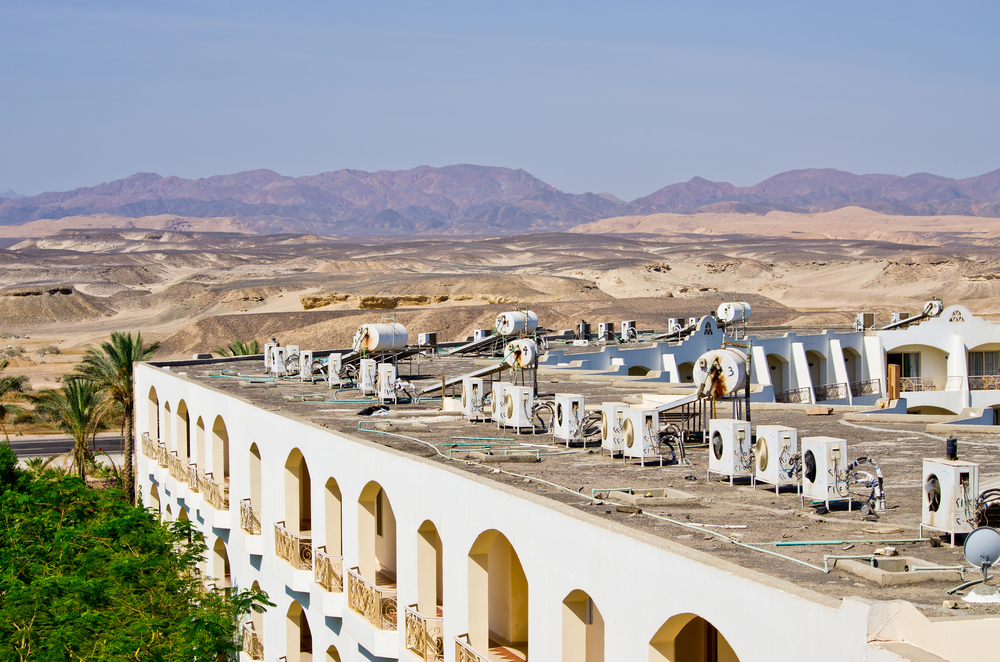 Other developed economies with hot summers have seen similar patterns. According to recent estimates, about 90% of Japanese homes are air conditioned – the same as in the US. China now has at least 35% of the world’s air conditioners. Even more dramatic is the development of mega-cities, such as Singapore and Dubai, in previously very inhospitable climates. In 1950, fewer than 500,000 people lived on the southern coast of the Persian Gulf. Today, it is home to 20 million. In Saudi Arabia, 70% of electricity is used for air conditioning. In India, summer blackouts have been blamed on the new air conditioning units of the middle class.
Other developed economies with hot summers have seen similar patterns. According to recent estimates, about 90% of Japanese homes are air conditioned – the same as in the US. China now has at least 35% of the world’s air conditioners. Even more dramatic is the development of mega-cities, such as Singapore and Dubai, in previously very inhospitable climates. In 1950, fewer than 500,000 people lived on the southern coast of the Persian Gulf. Today, it is home to 20 million. In Saudi Arabia, 70% of electricity is used for air conditioning. In India, summer blackouts have been blamed on the new air conditioning units of the middle class.
Is Air Con a good thing?
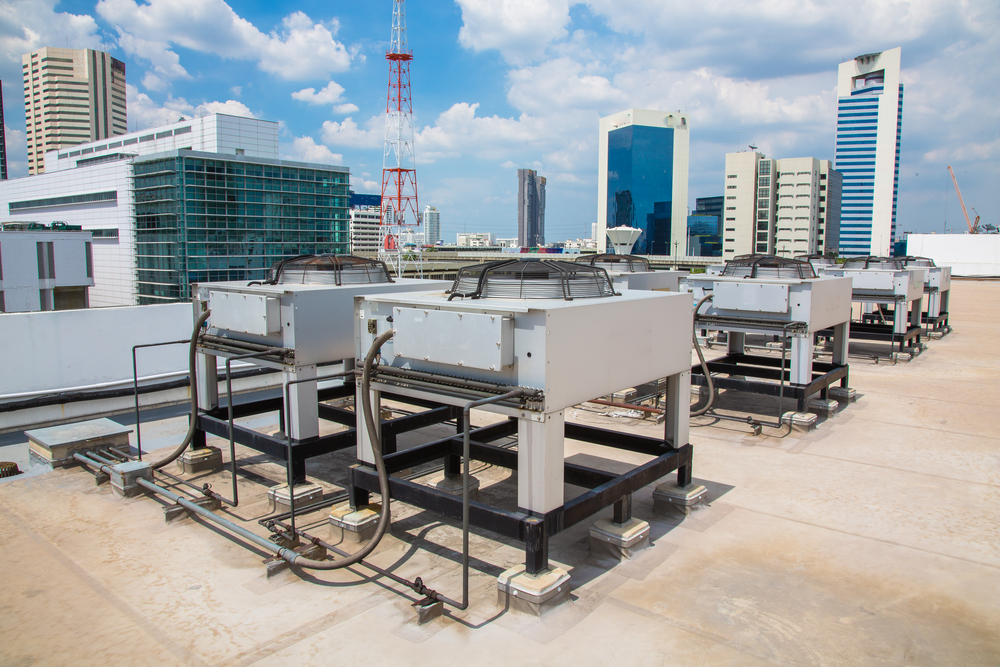 It has certainly helped make the world more productive. The economist William Nordhaus found in 2006 that the hotter the climate, the less productive its people; a study of US government typists in the 1950s found that typists do 24% more work if temperatures are kept low. Thanks to air con, the economic benefits of being cool have today been spread across the globe. The world economic system now depends on it. Factories, offices and the server farms that power the internet all rely on air conditioning. Furthermore, its health benefits are indisputable. Recent decades have seen a dramatic decrease in the number of deaths during heatwaves in the US, and the strongest protective factor, as one study found, was “a working air conditioner”. By filtering and dehumidifying the air, it also improves many respiratory and skin conditions.
It has certainly helped make the world more productive. The economist William Nordhaus found in 2006 that the hotter the climate, the less productive its people; a study of US government typists in the 1950s found that typists do 24% more work if temperatures are kept low. Thanks to air con, the economic benefits of being cool have today been spread across the globe. The world economic system now depends on it. Factories, offices and the server farms that power the internet all rely on air conditioning. Furthermore, its health benefits are indisputable. Recent decades have seen a dramatic decrease in the number of deaths during heatwaves in the US, and the strongest protective factor, as one study found, was “a working air conditioner”. By filtering and dehumidifying the air, it also improves many respiratory and skin conditions.
So what’s the downside?
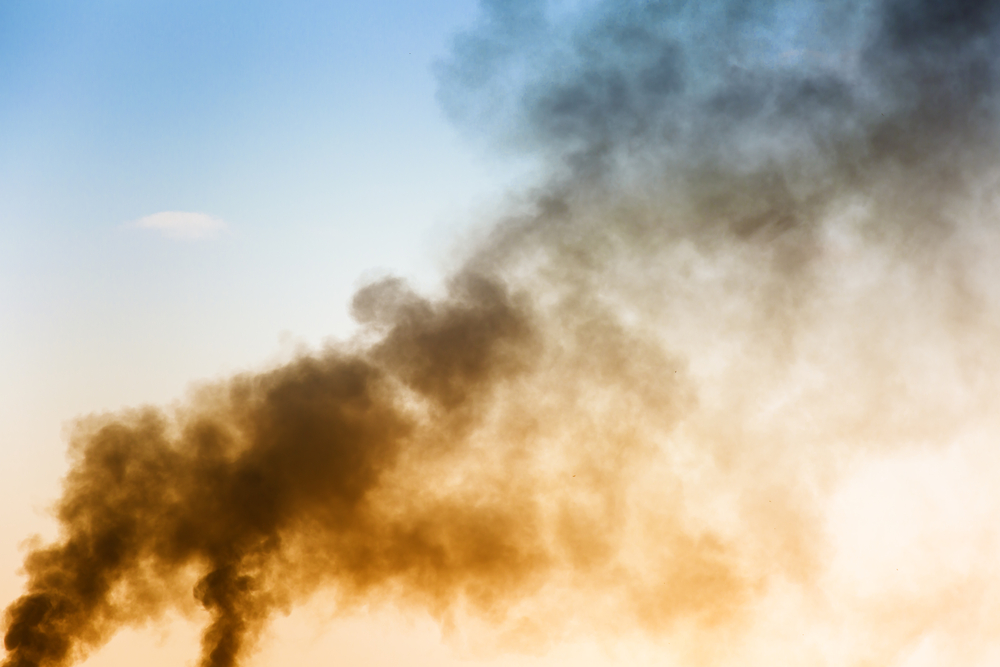 The scientist Stan Cox, in his book Losing Our Cool, blames air con for “resource waste, climate change, ozone depletion and the disorientation of the human mind and body”. It emits some half a billion tonnes of CO2 annually, and the coolants used are even more polluting than CO2. Air conditioners fuel a vicious cycle: they pump out heat, making the outside world hotter still. One study found that air conditioners increased the temperature of Phoenix, Arizona on summer nights by 2°C. An air conditioned society, complains Cox, has fewer free communal spaces and more commercialised indoor venues such as shopping malls. It has also ended traditions such as the siesta, and condemned its users to what one critic calls “thermal monotony” – a global standard of 22°C (incidentally, a level calibrated to suit men, who have a higher metabolic rate than women).
The scientist Stan Cox, in his book Losing Our Cool, blames air con for “resource waste, climate change, ozone depletion and the disorientation of the human mind and body”. It emits some half a billion tonnes of CO2 annually, and the coolants used are even more polluting than CO2. Air conditioners fuel a vicious cycle: they pump out heat, making the outside world hotter still. One study found that air conditioners increased the temperature of Phoenix, Arizona on summer nights by 2°C. An air conditioned society, complains Cox, has fewer free communal spaces and more commercialised indoor venues such as shopping malls. It has also ended traditions such as the siesta, and condemned its users to what one critic calls “thermal monotony” – a global standard of 22°C (incidentally, a level calibrated to suit men, who have a higher metabolic rate than women).
What is the future for Air Conditioning?
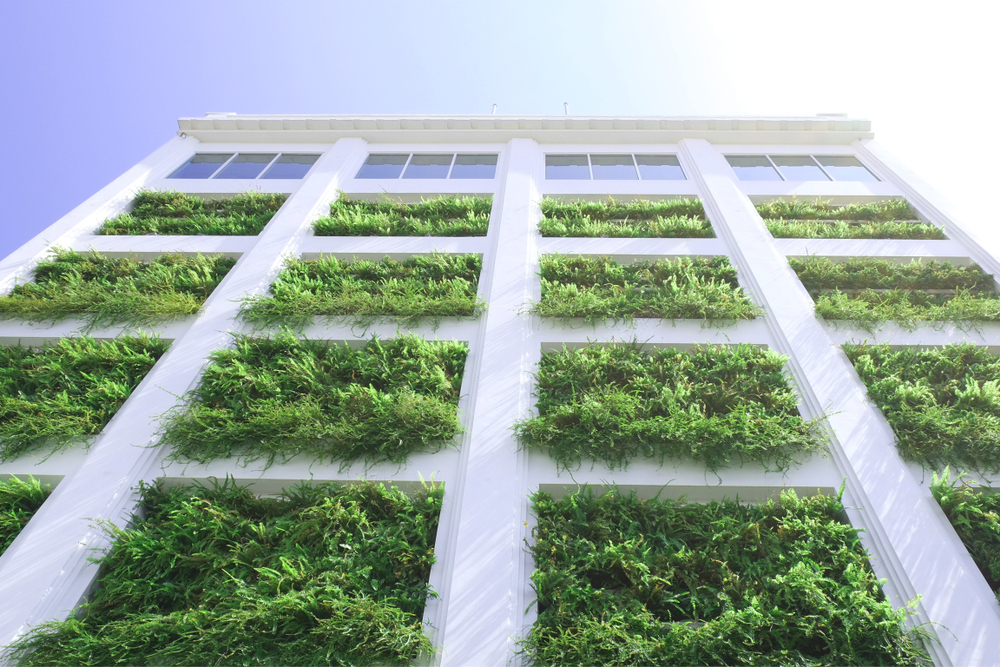 The evidence suggests the market will continue to grow inexorably. However, the hope is that architects and designers will become less wasteful in their use of air con: “passive cooling”, for instance, keeps temperatures low by non-mechanical means, such as using insulation, natural ventilation and reflective surfaces. Japan’s Cool Biz campaign, meanwhile, encourages businesses to raise workplace temperatures from 22°C to 28°C, and to allow staff to wear shorts and polo shirts. Air con has its critics but, as The Economist remarked, it uses far less energy than heating – “the necessity of which is seldom contested”.
The evidence suggests the market will continue to grow inexorably. However, the hope is that architects and designers will become less wasteful in their use of air con: “passive cooling”, for instance, keeps temperatures low by non-mechanical means, such as using insulation, natural ventilation and reflective surfaces. Japan’s Cool Biz campaign, meanwhile, encourages businesses to raise workplace temperatures from 22°C to 28°C, and to allow staff to wear shorts and polo shirts. Air con has its critics but, as The Economist remarked, it uses far less energy than heating – “the necessity of which is seldom contested”.
The Science of Keeping Cool
 Humans have known how to make fire for at least 100,000 years, but making cold is a very modern skill. Modern refrigeration, though, is only an enhanced version of what happens when water evaporates: when a liquid turns into gas, heat is borne away with it. In the early 19th century, scientists discovered that if you used volatile liquids such as ether or ammonia, the process could be supercharged. This is what happens in the loops of a refrigeration cycle. Whether in a fridge or an air conditioning unit, a volatile coolant is compressed into a liquid state then forced to evaporate inside the unit so that it absorbs a large amount of heat. Next, it is pushed out of the unit where it is mechanically condensed so it expels the heat. The liquid then cools and re-enters the unit, starting a new cycle.
Humans have known how to make fire for at least 100,000 years, but making cold is a very modern skill. Modern refrigeration, though, is only an enhanced version of what happens when water evaporates: when a liquid turns into gas, heat is borne away with it. In the early 19th century, scientists discovered that if you used volatile liquids such as ether or ammonia, the process could be supercharged. This is what happens in the loops of a refrigeration cycle. Whether in a fridge or an air conditioning unit, a volatile coolant is compressed into a liquid state then forced to evaporate inside the unit so that it absorbs a large amount of heat. Next, it is pushed out of the unit where it is mechanically condensed so it expels the heat. The liquid then cools and re-enters the unit, starting a new cycle.
The technology was first used to make ice in the 1850s. Refrigerators followed in the early 20th century. Coolants like ammonia and sulphur dioxide are poisonous and so they were replaced by safer chlorofluorocarbons (CFCs), which heavily depleted the ozone layer. They were banned and replaced by hydrofluorocarbons (HFCs) and other coolants – ozone-friendly, but greenhouse gases nonetheless.